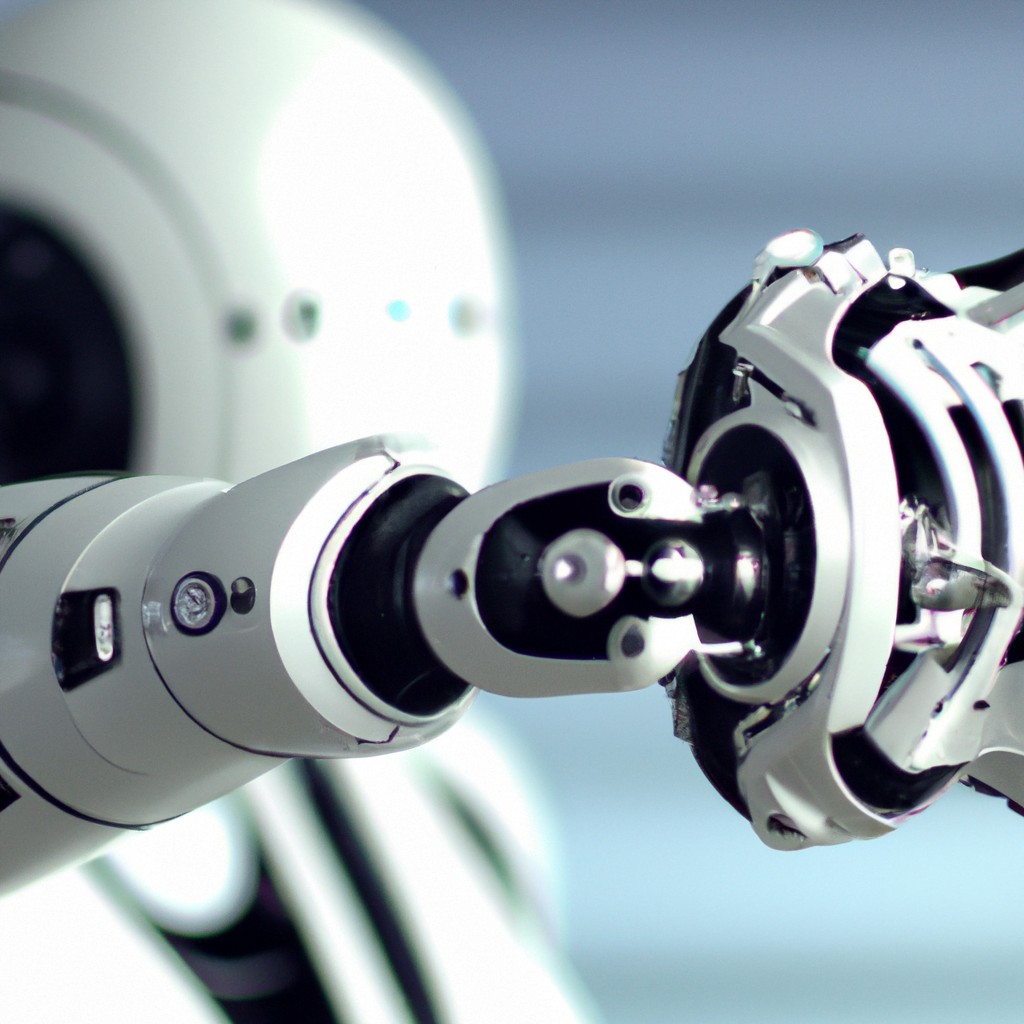How to develop machine learning models with Python
Machine learning is a subfield of artificial intelligence that involves building algorithms that can automatically learn patterns from data and make predictions or decisions based on those patterns. Python is a popular programming language for machine learning due to its ease of use, large community, and powerful libraries. In this article, we will discuss the steps involved in developing machine learning models with Python.
Step 1: Define the problem and collect data
The first step in any machine learning project is to clearly define the problem you want to solve and collect data that can help you solve it. For example, if you want to build a model that can predict whether an email is spam or not, you would need a dataset of emails labeled as spam or not spam.

Step 2: Preprocess the data
Once you have collected the data, you need to preprocess it to make it suitable for machine learning algorithms. This involves tasks such as cleaning the data, removing outliers, handling missing values, and transforming the data into a suitable format.
Step 3: Split the data into training and testing sets
To evaluate the performance of a machine learning model, you need to test it on data that it has not seen before. Therefore, you should split your data into a training set and a testing set. The training set is used to train the model, while the testing set is used to evaluate its performance.
Step 4: Select a model and train it
There are many different types of machine learning models, such as decision trees, random forests, and neural networks. You should choose a model that is appropriate for your problem and data. Then, you can train the model using the training set.
Step 5: Evaluate the model on the testing set
After training the model, you should evaluate its performance on the testing set. This can involve metrics such as accuracy, precision, recall, and F1 score. If the model performs well on the testing set, you can use it to make predictions on new, unseen data.
Step 6: Fine-tune the model
If the model does not perform well on the testing set, you may need to fine-tune it by adjusting its hyperparameters or using a different model altogether. This involves a process of trial and error until you find a model that performs well on the testing set.
Conclusion:
In summary, developing machine learning models with Python involves defining the problem, collecting and preprocessing data, splitting the data into training and testing sets, selecting and training a model, evaluating its performance, and fine-tuning it if necessary. With these steps, you can build powerful models that can make accurate predictions on a variety of tasks.






